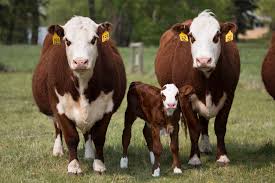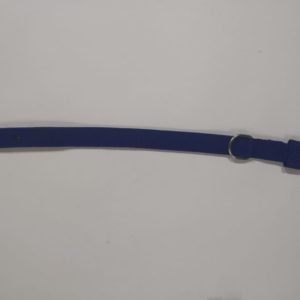
How to care new born calf.

Caring for a newborn calf and her mother are absolutely critical to the success and survival of both the mother and the calf. When a cow is ready to give birth, it’s important that someone be there to keep watch, checking on her often to monitor the progress and ensure everything is going well. At times the cow or heifer may have complications during pregnancy, if that happens someone may need to assist with the birth or a local veterinarian may need to be called in if the situation is critical.

Once the calf is born, a few steps need to be taken in order to give the newborn the best start possible. The majority of calf losses will happen within the first few months, so it’s important to give her the best start you can. In a study done by an accredited university, they determined that the highest mortality rate in calves was during the first 6 to 8 weeks of life, so taking a little extra time with your newborn is important to growth and development.

Take a good look at your newborn calf and be sure to clear all afterbirth from the nose, so that her breathing is not obstructed. Clear out any obstructions in her nostrils. The navel of the newborn should be trimmed and dipped in iodine. This will do two things, first it will dry out the umbilical cord, and second it will act as a disinfectant which will keep infection at bay. We want all her energy going to growth and development. If the newborn were to get an infection, much of her energy would need to go to fighting that, rather than to progressing her growth.
Generally, giving a newborn colostrum within the first few hours is commonly practiced. Colostrum is the first milk a cow will have after giving birth. It is rich with vitamins and other nutrients that is the best milk for a newborn calf. According to an agricultural expert, with over 20 years of taking care of newborns at a large dairy facility, she indicated that their general rule is to give a newborn 6 to 8 pounds (2.5 to 3.5 kilograms) of colostrum within the first hour of birth. If the newborn calf will not drink, they will tube feed the calf and depending on her size, will tube around 7 pounds (3 kg) of colostrum. Tube feeding is when a hose is inserted through the newborns mouth, into her stomach and is “force fed” directly to her stomach. It’s important to note that if you choose to tube feed your animal that you know what you are doing, as it is possible to tube feed incorrectly. If this is done, instead of having the colostrum go to her stomach, you will fill up her lungs with milk, which could lead to the death of the newborn. If you have never tube fed a calf before, be sure that you have someone there with you who has and knows the correct practice. You want to give your newborn a fighting chance, not make things more difficult. The local dairy farm here also follows the policy of giving the newborn calf a second feeding of colostrum within the first 12 hours of birth, at this feeding only 2 to 3 pounds (1 to 1.5 kg) of colostrum is given.

At birth or soon after birth, some farmers will also give their newborn calves vitamin shots and/or vaccines. The agricultural expert I talked to indicated that at their farm they will give vaccines when the newborn is a week old, and booster vaccine shots at two weeks old. They vaccinate against scours and also pneumonia.
Once the new mother, now called a “fresh cow” because of her fresh milk production, expels the afterbirth (this should happen anywhere from 3 to 7 hours after birth), the calf should be moved out of the mothers pen. Be sure your newborn has a clean, dry, and comfortable area to go to. Whether you chose a hutch or a free stall designed for calves, ensuring that your newborn has plenty to eat and drink, is looked after appropriately at birth, and is in a clean and healthy environment can reduce the mortality rate of newborn calves in your herd.
Taking care of your fresh cow is also important. Be sure that she is eating and drinking, that she is able to expel her afterbirth, and keep watch on her temperature. If her temperature gets too high (generally around or over 102 degrees Fahrenheit or 38.89 degrees Celsius), then the administration of bovine aspirin can be given to help reduce her temperature. If your fresh cow has trouble expelling the afterbirth, certain steps can be taken. Flushing of the cow and administration of antibiotics is a common practice. In extreme cases a veterinarian may need to be called in to remove the afterbirth and ensure the fresh cows health. Again, you want your fresh cow to be kept in a clean environment, be sure the bedding is dry, and that she has easy access to plenty of food and water.
Whether taking care of your newborn calf or fresh cow, extra care is absolutely essential to ensure the success of both animals. The extra time you spend in taking the appropriate measures will result in a rewarding birthing experience and a healthy, growing herd.





